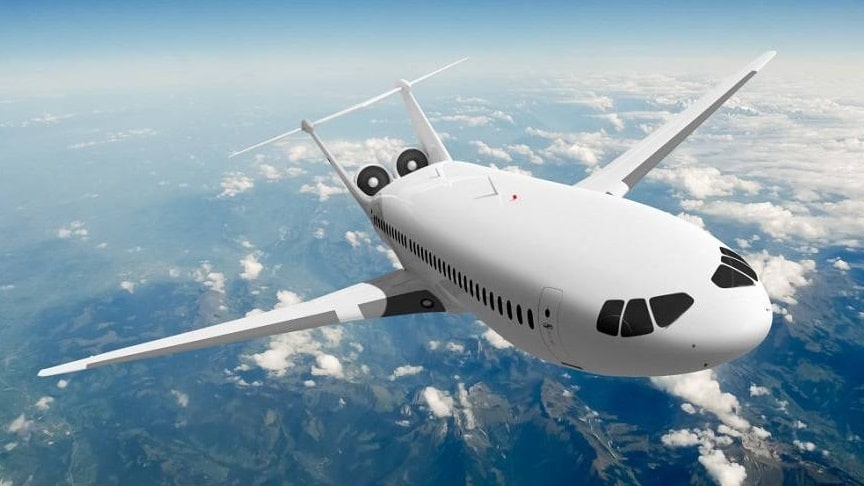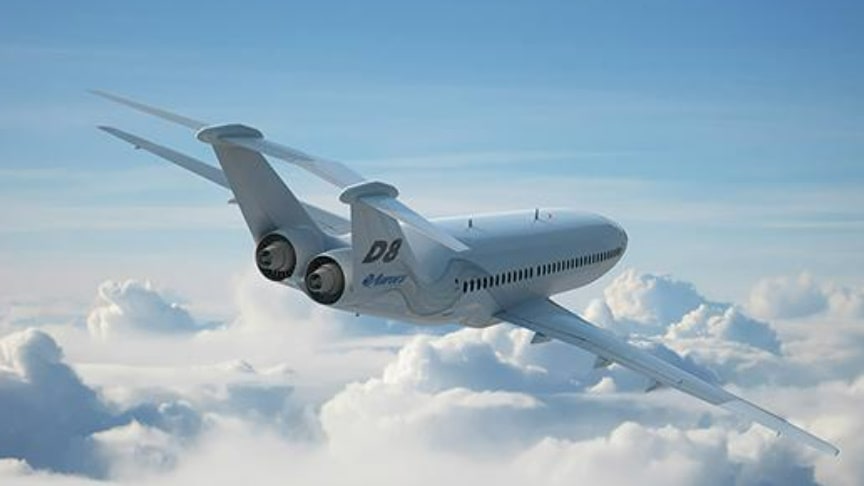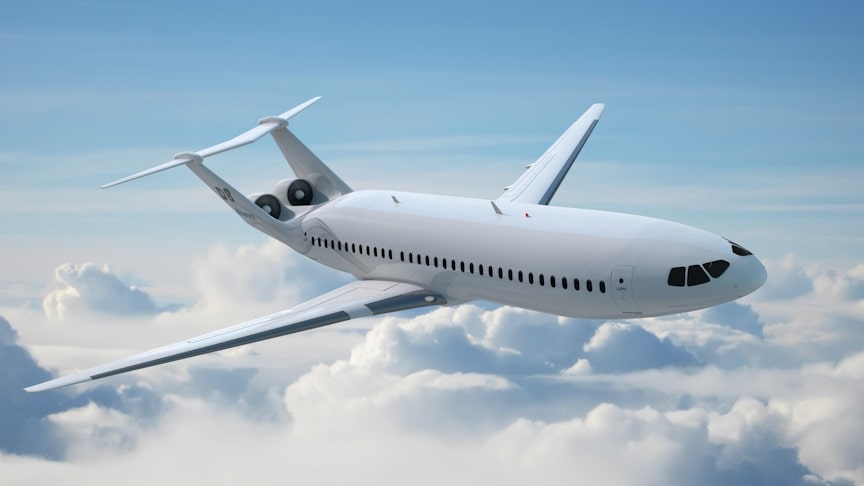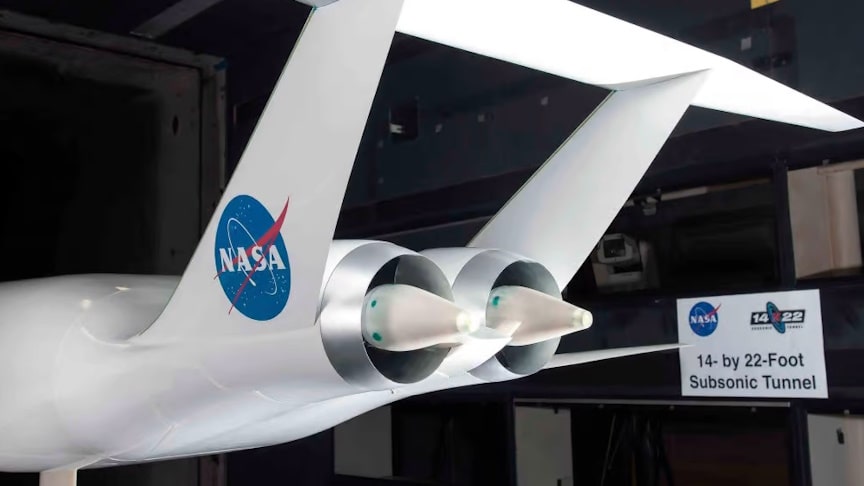The D8 is a commercial aircraft concept that enables substantial efficiency improvements within the next decade. We have rethought and reconfigured every aspect of the air vehicle to maximize efficiency, minimize operating costs, and improve the passenger experience.
source-image: Aurora Flight Sciences
The project was initiated in 2008 by Aurora Flight Sciences, the Massachusetts Institute of Technology (MIT) and Pratt & Whitney under NASA’s sponsorship of $2.9 million (£2.19 million).
source-image: Aurora Flight Sciences
Aurora is refining the fuel-efficient D8 designed for NASA by MIT, hoping to fly a half-scale demonstrator in 2022.The 180-seat, 3,000 nmi (5,600 km; 3,500 mi)-range airliner is designed to fly at 582 mph 937 km/h; 506 kn.
source-image: Aurora Flight Sciences
The side-by-side “double bubble” fuselage provides additional lift along the nose section as well as faster turnaround owing to its wider fuselage. As a result, smaller wings can be used to generate lift which reduces drag. The mounting of the engines at the rear end of the D8 instead of below the wings used in conventional aircraft design allows reduction of thrust requirements by minimizing inefficiency from Boundary Layer Ingestion (BLI).
Advertisement
However, the chassis features less radical than competing blended wing body concepts without modifying existing airport infrastructure, and BLI. The original goal was to reduce fuel burn by 70% and noise by 71 dB by flying at Mach 0.74, but a more traditional Mach 0.82 wing and fuselage growth resulted in a more-conservative 49% fuel burn reduction.
source-image: Aurora Flight Sciences
Clustering the engines together atop the wide tail of a flattened fuselage enables them to reenergize the slow-moving boundary layer over the fuselage to increase efficiency, and allow a clean, low drag, high aspect ratio wing.
Starting with slower flow, the reduction in exhaust velocity increases the propulsive efficiency with a similar specific thrust. By ingesting and reenergizing the boundary layer flow, BLI reduces by 40% in the D8 the wasted kinetic energy in the combined high-velocity jet exhaust and slow-speed wake behind the fuselage. Large-scale wind-tunnel testing with NASA showed a power-saving from BLI from 8.4% with the same jet nozzle area to 10.4% with the same mass flow.














